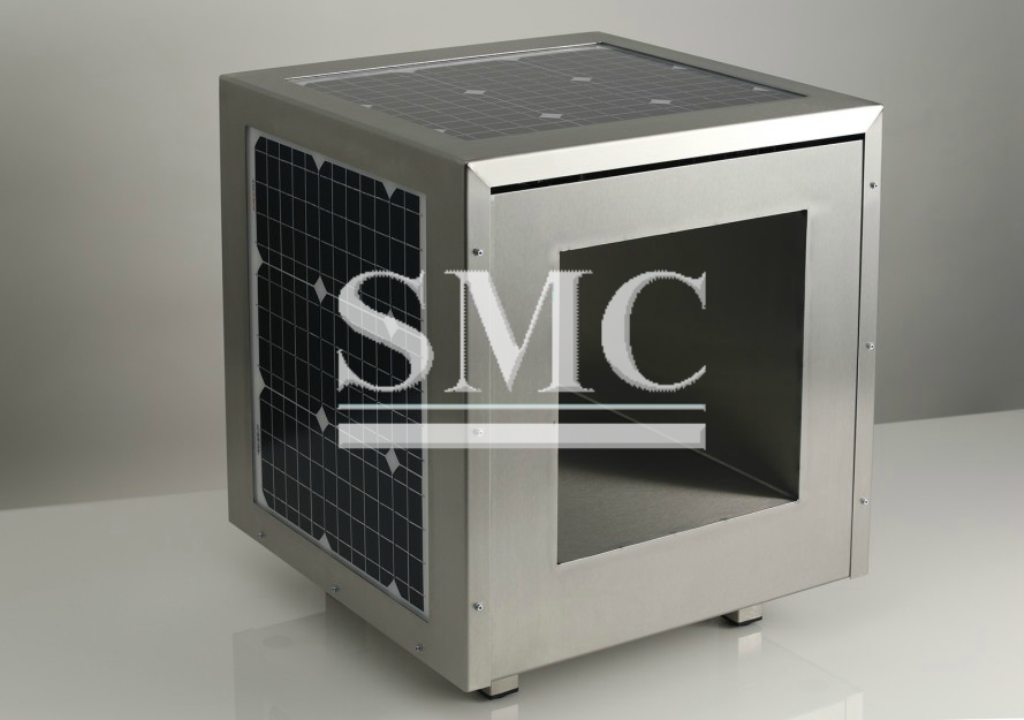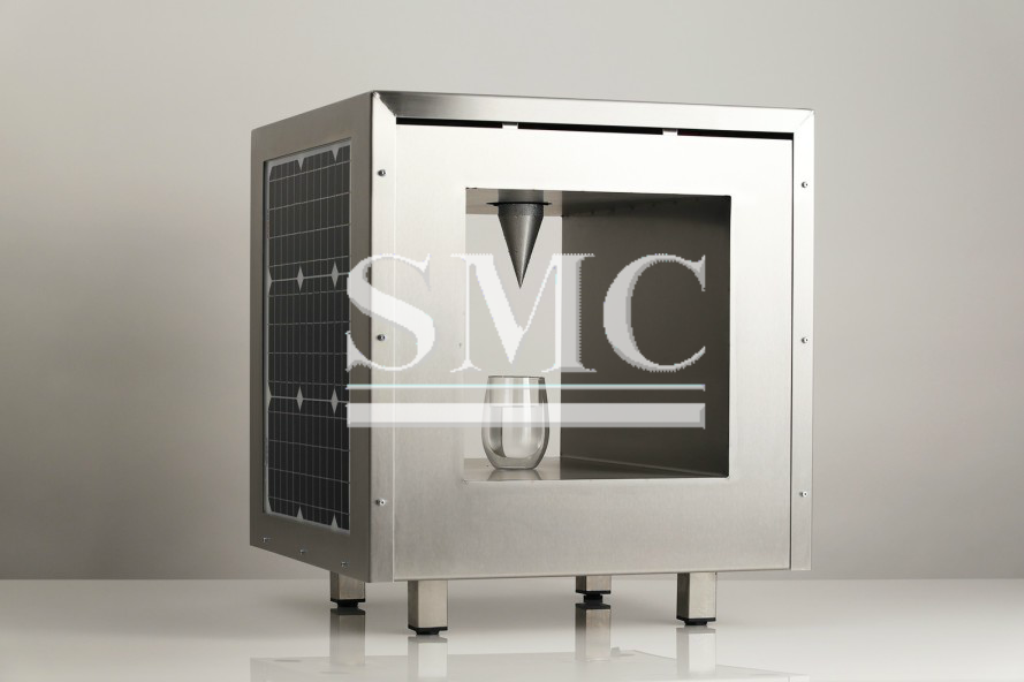
- المنتجات المعدنية منتجات الألومنيوم منتجات النحاس المنتجات المطلية بالمعادن المنتجات الفولاذية المقاومة للصدأ منتجات الفولاذ الكربوني خلط المعادن الخاص
- المشاريع لوحة الحواجز الفولاذية رف الخزانة الهياكل الفولاذية الجسر الفولاذي السقالة المواد الإنشائية المواد الخام الكيميائية One Stop Solutions for Projects
- الحاويات الحاويات القياسية لـ ISO الحاويات للمعدات الحاويات للتخزين والنقل دار الحاويات الحاويات المثلجة الحاويات القريبة السواحل
- الماكينات آلة تشكيل المعادن الآلات الأخرى آلة قطع المعادن آلة تصنيع المعادن آلة التعويج آلة تصنيع البلاط
- منتجات الماكينات صناعة السيارات المنوعات معدات الإرساء معدات السفينة أناء الضغط
- النظام الكهرباء والميكانيكي الكابل الكهربائي الأوتوماتيكي التنسيق الكهربائي نظام طاقة الشمس نظام حماية أمن الكهرباء آلة التحويل خط الأنتاج نظام الإضاءة
- المعدات الطبية منتجات الإطعام منتجات أنبوب إدخال القصبة الهوائية منتجات الرعاية المنتجات البلاسبيكية
- epc مشاريع
- آلات البناء
- خط أنابيب النفط
- خط أنابيب المياه
- انبوب الغاز
- مستلزمات السفن والرباط
- المعادن للزخرفة/ للديكور
- مكونات المحولات
- أنابيب التبادل الحراري
- قطع غيار تكييف الهواء ومستلزماته
- سخان مياه
- أدوات المطبخ و الحمام
- المعادن للأجهزة المنزلية
- أجهزة الطاقة الشمسية
- المصعد الكهربائي
- الأسطح والأسقف
- الكابلات
- الخزانات
- التعبئة والتغليف
- قطع غيار الآلات والمعدات ومستلزماته
- القوالب
- قطع غيار السيارات
- السكك الحديدية و رافعات السكك الحديدية
- تركيب الأجهزة
- الكاشطة
- معدات بناء الطرق
- المكونات الإلكترونية
- اعمال البناء ومواد الديكور
- الأبواب والنوافذ
- الثلاجات
Watercube creates drinking water from air using solar energy
According to Elizabeth Montalbano, contributing writer, A Dutch inventor is working on ways to help resolve more or less of the world’s environmental problems by making clean drinking water from the air using solar energy.
AP Verheggen was inspired by long time traveling through the Arctic, where he witnessed how climate change is touching on local communities, to begin opining about how to create water in spots where it is scarce or disappearing due to changing environmental situations. This prompted the project Sun Glacier, which successfully created a series of sculptures to think about ways to resolve these troubles -- including an artificial glacier in the midriff of the desert.
“I travelled for many years through the Arctic and was a witness of the climate change that caused many problems for local communities,” Verheggen told Design News. “Climate change had a huge impact on local culture. One of the most well-known impacts on nature is the rapidly disappearing glaciers. I intended by myself: Are we able to build new glaciers on our planet, utilizing current technology? If I could prove that, I would have the confidence to believe in solutions for the future.”
Following the success of the SunGlacier creative project, Verheggen set about on something less conceptual and more practical. Under the company name Sun Glacier, he and his team invented Water Cube, a device designed with proprietary technology to make fresh drinking water from air.

The water Cube is a 20-inch cube of stainless steel with solar cells embedded within that power a refrigeration device. The device cools an inverted cone to create condensation, which then dribbled into a glass to provide water. Pictures on the Sun Glacier website show how the technology operates.
“The sunlight is glinting on the solar panels, and they generate electricity that is used to cool a surface,” Verheggen explained. “Water in the air bounces to it, and it gets down to contract. The water drops drip down and are compiled in a container or glass.”Verheggen said he and his team were surprised at how WaterCube worked, producing even more water than the team expected. They are at present functioning on a next-generation of the device with a 10-liter capacity that is smaller and only requires a few solar panels for power.
Apart from providing drinking water -- which can be performed after the resulting water is cleansed and enriched with minerals -- Water Cube also has applications for agriculture, Verheggen said.
“You get the water makers on the dry land and they produce water,” he pronounced. “But the system also could be used as add-on systems for other efficient new methods to produce crops, like Aquaponics -- a nearly closed circle of water to raise food.ood. This principle still needs water, and cooling as well. Next to water, our exhaust produces cool air, so for both items, it could bend into a solution.”

While Water Cube is not usable as a commercial product yet -- the team plans to perform more testing first -- Verheggen said he believes this is the direction products are going in order to help figure out some of the world’s water and other environmental topics.
“We are just before the turning point,” he said. “In terms of water there are only two options: it is extremely cheap or not available anymore, but this balance is changing quickly. In many regions of the globe, the water buffers are getting empty, and the remaining water is getting too toxic for human consumption... We are convinced our new ideas can work.”